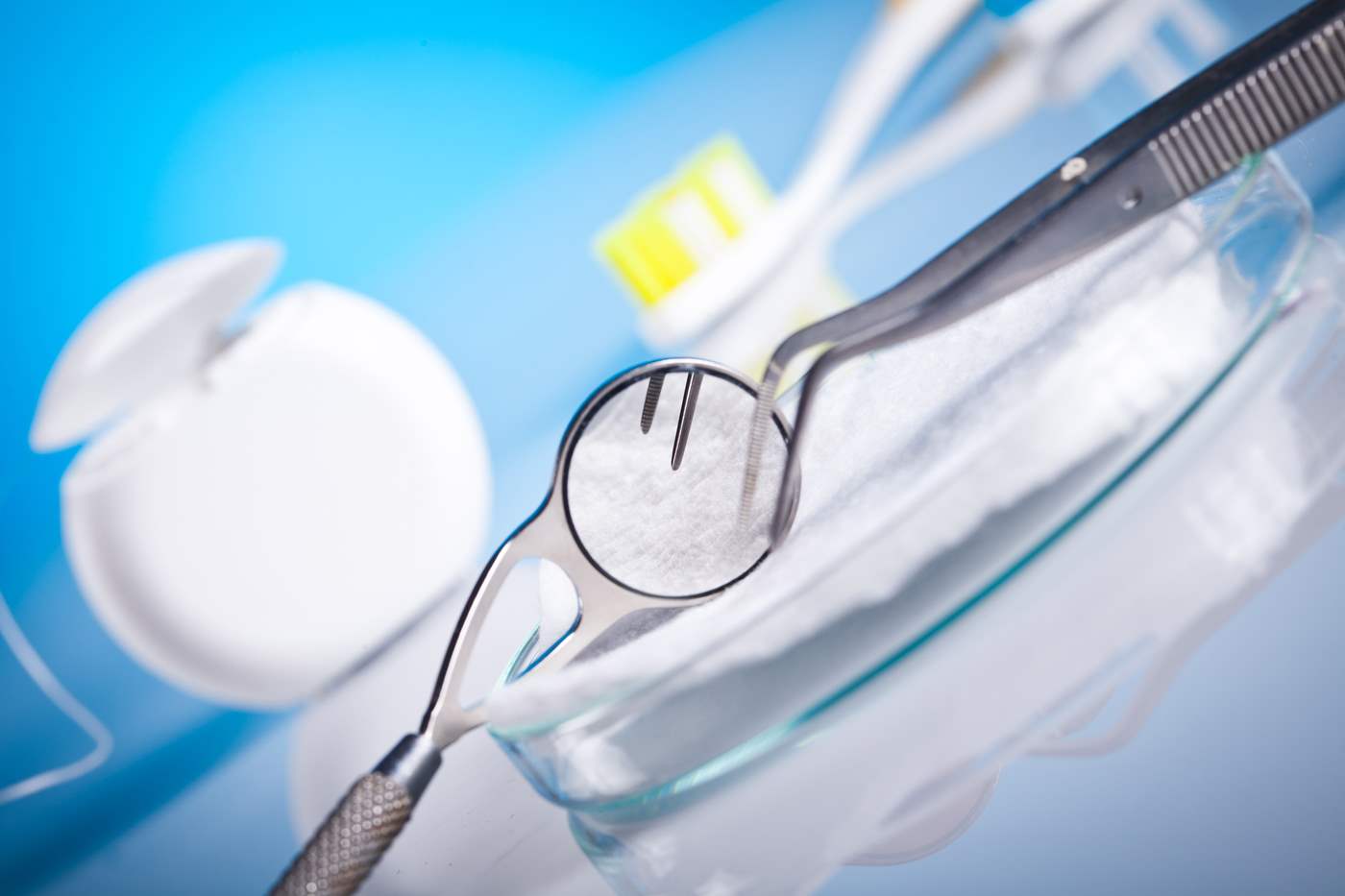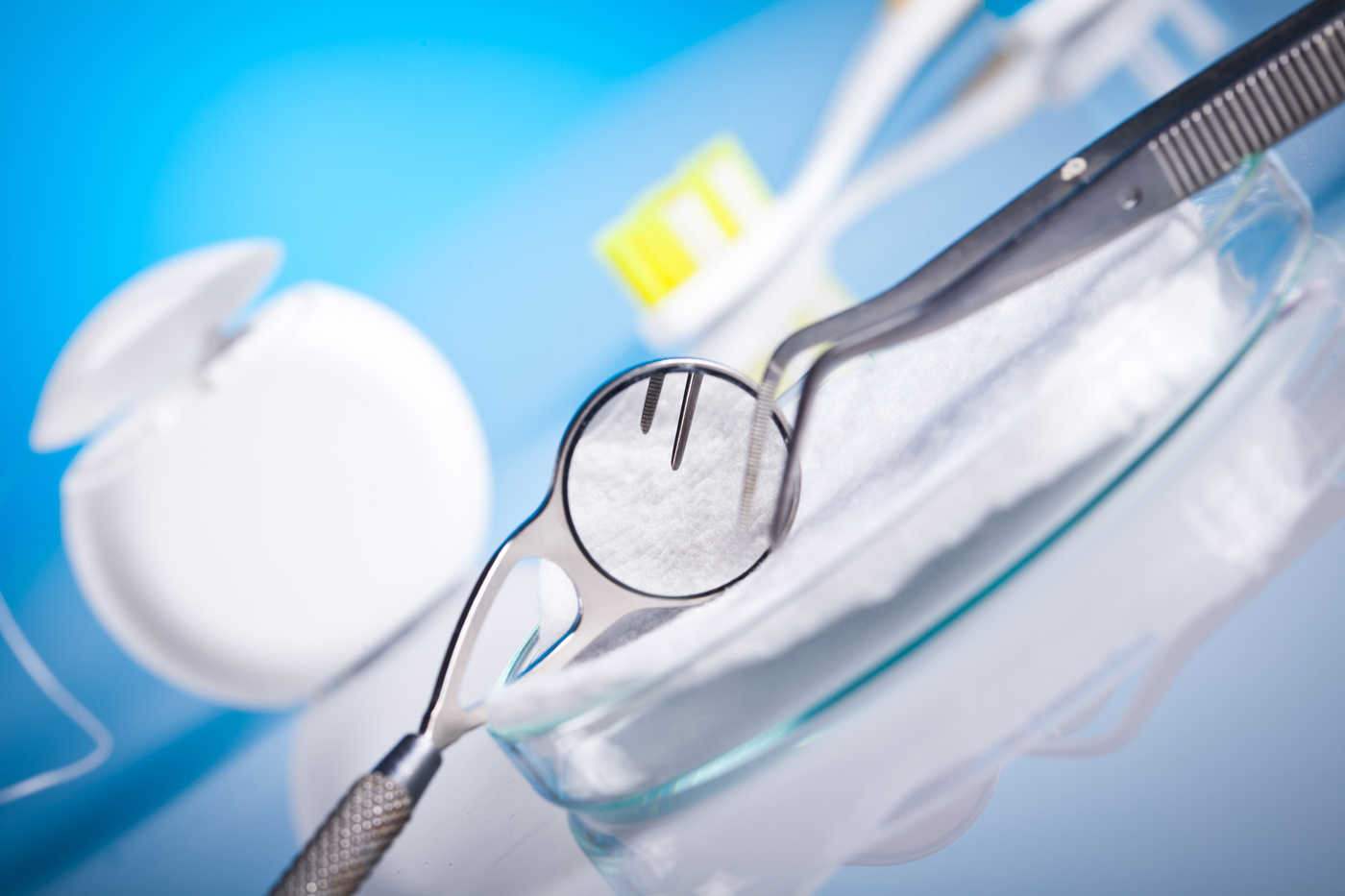Sports and Dental Injuries in Children
Sports and Dental Injuries in Children. Dental injury in sports is a commonly encountered issue for both children and adults. All sports carry a risk for injury while contact sports carry the highest risks for dental related injuries. Parents who actively enroll their children in sports must be aware of the potential risks for dental injury in order to make the necessary measures to minimize them.
 call
call 
